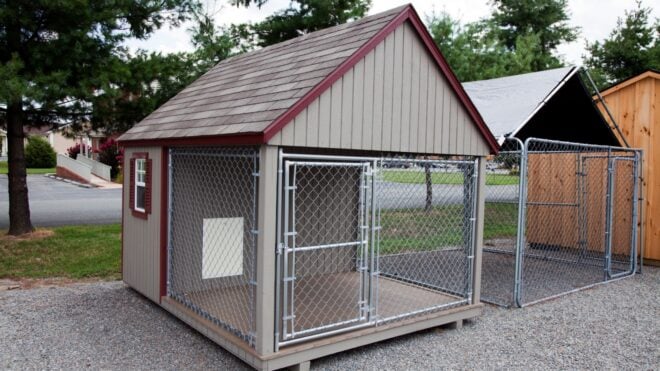
Toddlers are known for a lot of things, but unfortunately, demonstrating pet kindness is not always one of them. If you polled a room full of parents of 2-year-olds on what their children's more admirable traits are, I don't think "she's always so kind to the cat" would be high on the list.
And that's OK, because it's hard for toddlers to handle everything the world throws at them. Or at least, it's OK until all of a sudden when it's not, like when your toddler and your dog are face-to-face and at least one of them is snarling.
Some of us luck into getting kids who seem to have arrived on the planet with an innate understanding of how animals should be treated. Others of us … are not so lucky. If you have found yourself staying up way too late coming up with yet another new idea for teaching little Lindsey to be nice to the cat lest she gets her eye scratched out, then you are probably not one of the aforementioned lucky parents.
With all this in mind, I thought I would share the tips and tricks for teaching animal kindness that have worked with the children who have lived in my home. I am by no means a pet-toddler expert, but pet kindness is crucial in our household, and the relationship you build between your kids and your pets matters.
1. Show kids how ALL animals should be treated
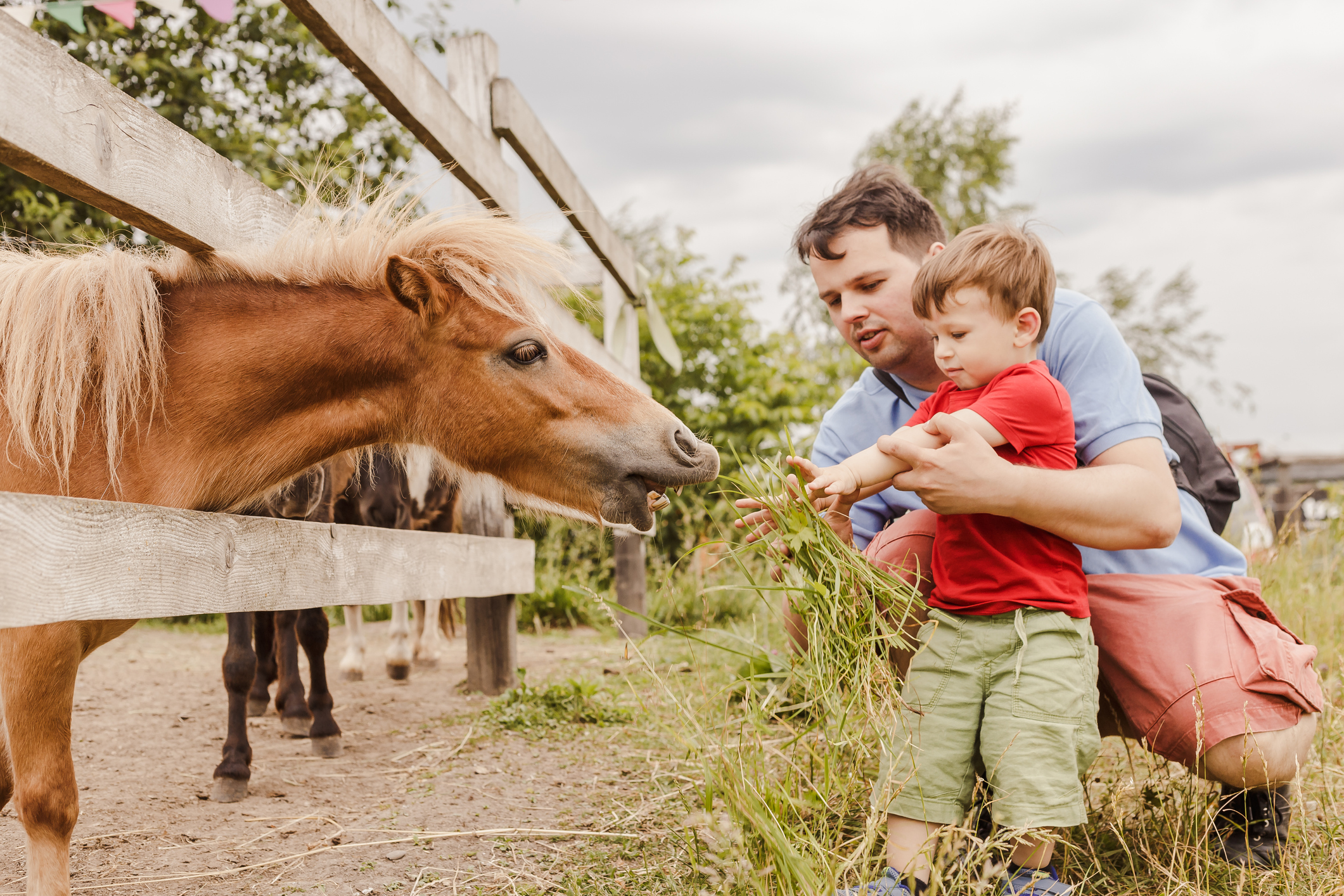
One thing that I think happens when parents are trying to teach their children pet kindness is that they don't always take the extra step and teach overall animal kindness. What I'm saying is this: If you teach your kid not to hit a dog but that it's OK to step on a ladybug just because it's in your space, you might be sending mixed messages.
I'm not going to go too far with this and ask you all to become vegan, but it's important to remember that your kids see ALL of your behavior, not just the behavior you ask them to look at. If you are asking Roy to stop pushing the cat off the shelf but you routinely push the cat off the shelf, it's not a good look. So when you are trying to teach pet kindness, the best way to do so is to make sure you model animal kindness in general.
2. Visit a petting zoo
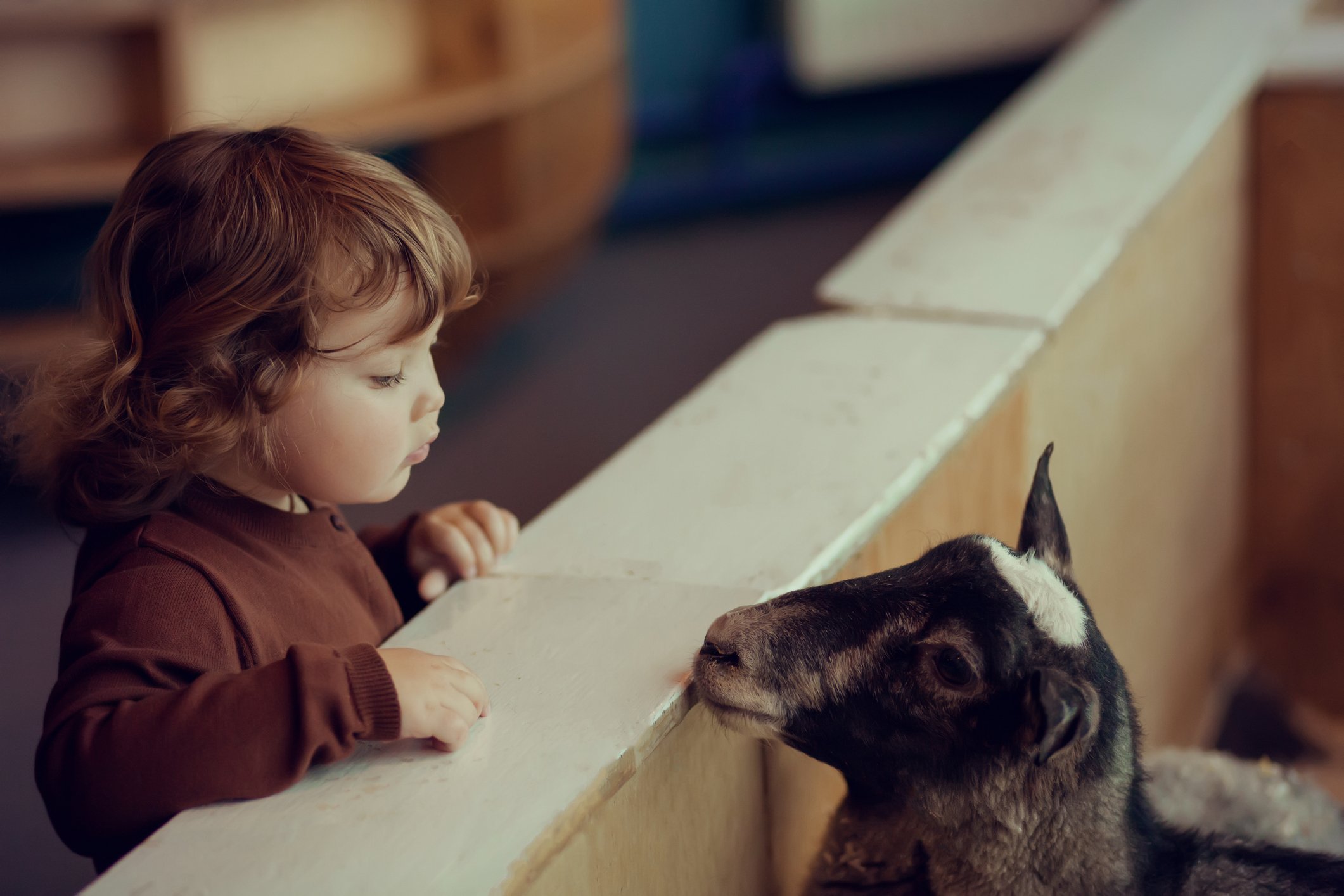
Petting zoos are super cute! Not everyone agrees with their existence, but I am a pretty big fan. We started taking our son to nearby petting zoos when he was tiny, so he grew up seeing that we approach different animals in different ways, but always with sensitivity and kindness.
If you don't have a petting zoo near you, turn to Google and see if there's a farm nearby that has chickens and cows. We love visiting our local farms and have also been doing so since our now 10-year-old was tiny. There are multiple benefits to this plan — namely that you can get farm-fresh eggs and milk on your trip!
3. Read more books about animals
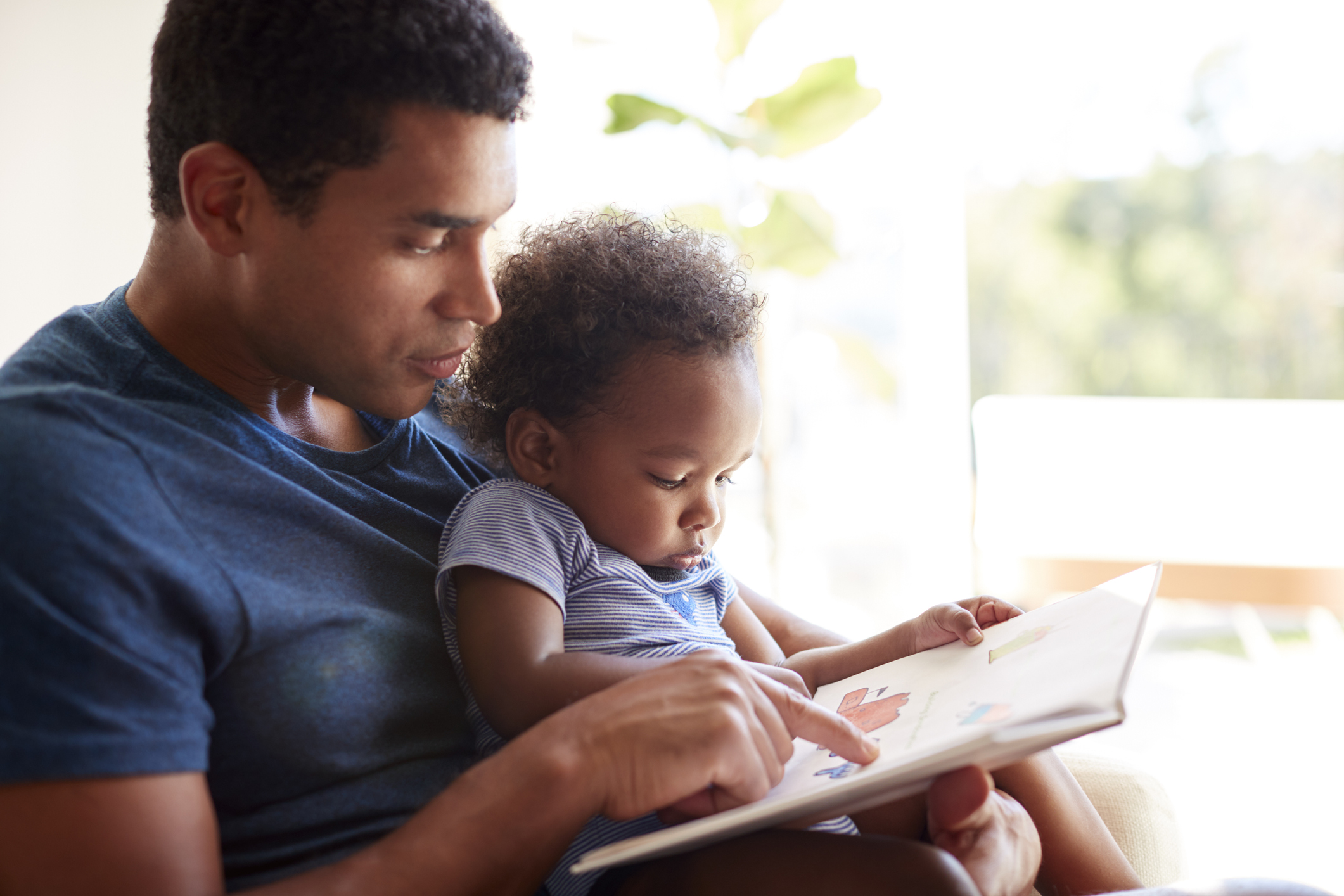
This might sound obvious, but how many of the books you read to your toddler feature animals? And of those, how many of them are real animals? I don't mean Curious George or Daniel Tiger. A walking, talking, gesticulating illustrated animal is not quite the same as a realistic illustrated animal.
Here are a few of my favorites:
- Touch and Explore: The Ocean ($14.10)
- Baby Touch and Feel: Cuddly Animals ($5.99)
- My First 100 Animals and Birds ($8.99)
The distinction between real animals and fantastic animals is important. The more kids are exposed to stories and books that feature animals that they might encounter, the more likely they are to recognize that those animals are important, and that pet kindness truly matters. At least, that’s my philosophy. ¯_(ツ)_/¯
4. Make your toddler a pretend pet
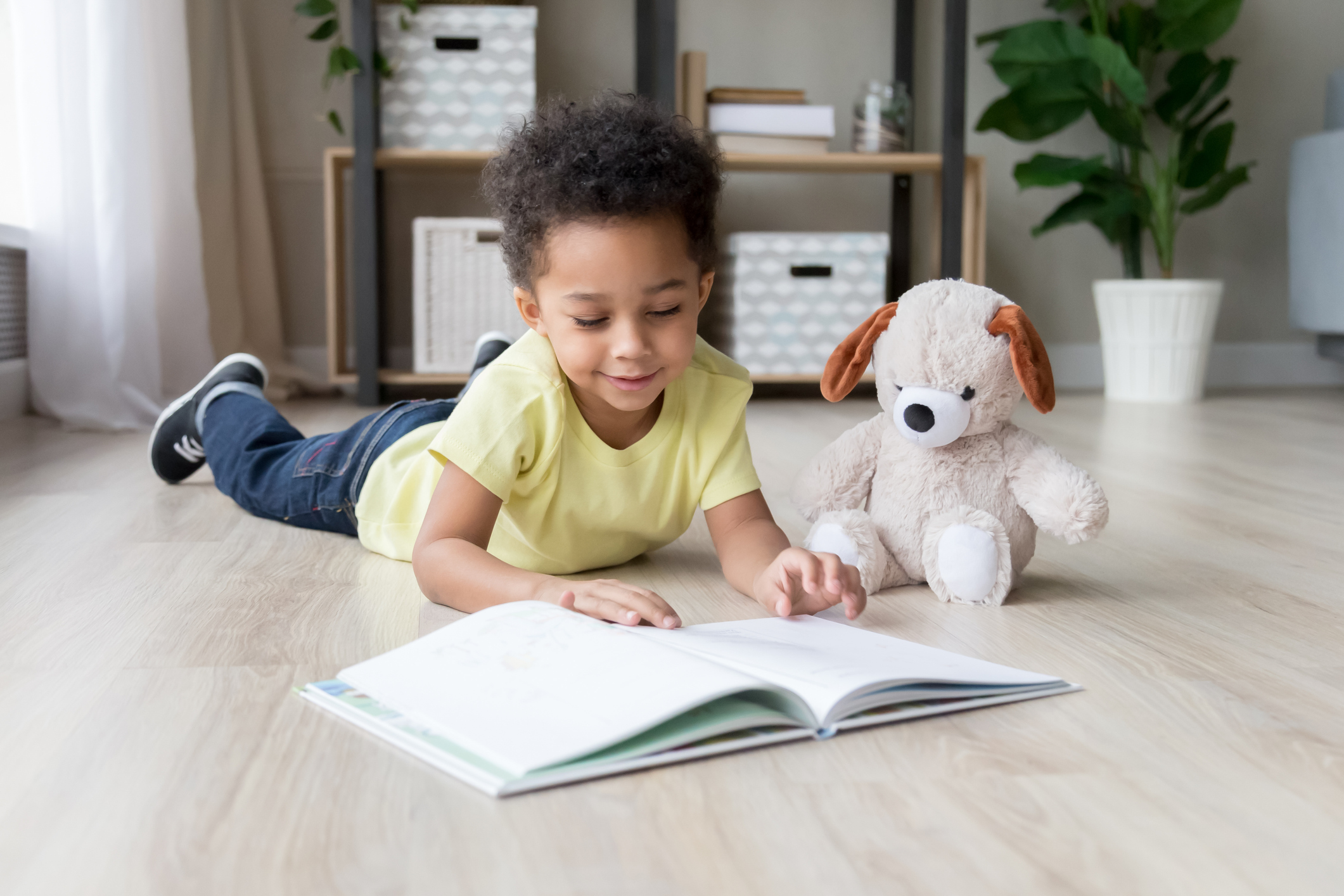
Another way to say this might be: Go out and get a realistic stuffed animal for your kid. Whether you choose to make one together (felt and glue could be an easy solution) or you let your little one pick out a cute dog or cat at the toy store, having a "pet" of their own to love can go a long way in fostering pet kindness in a small child.
5. Go overboard on praise and positive attention
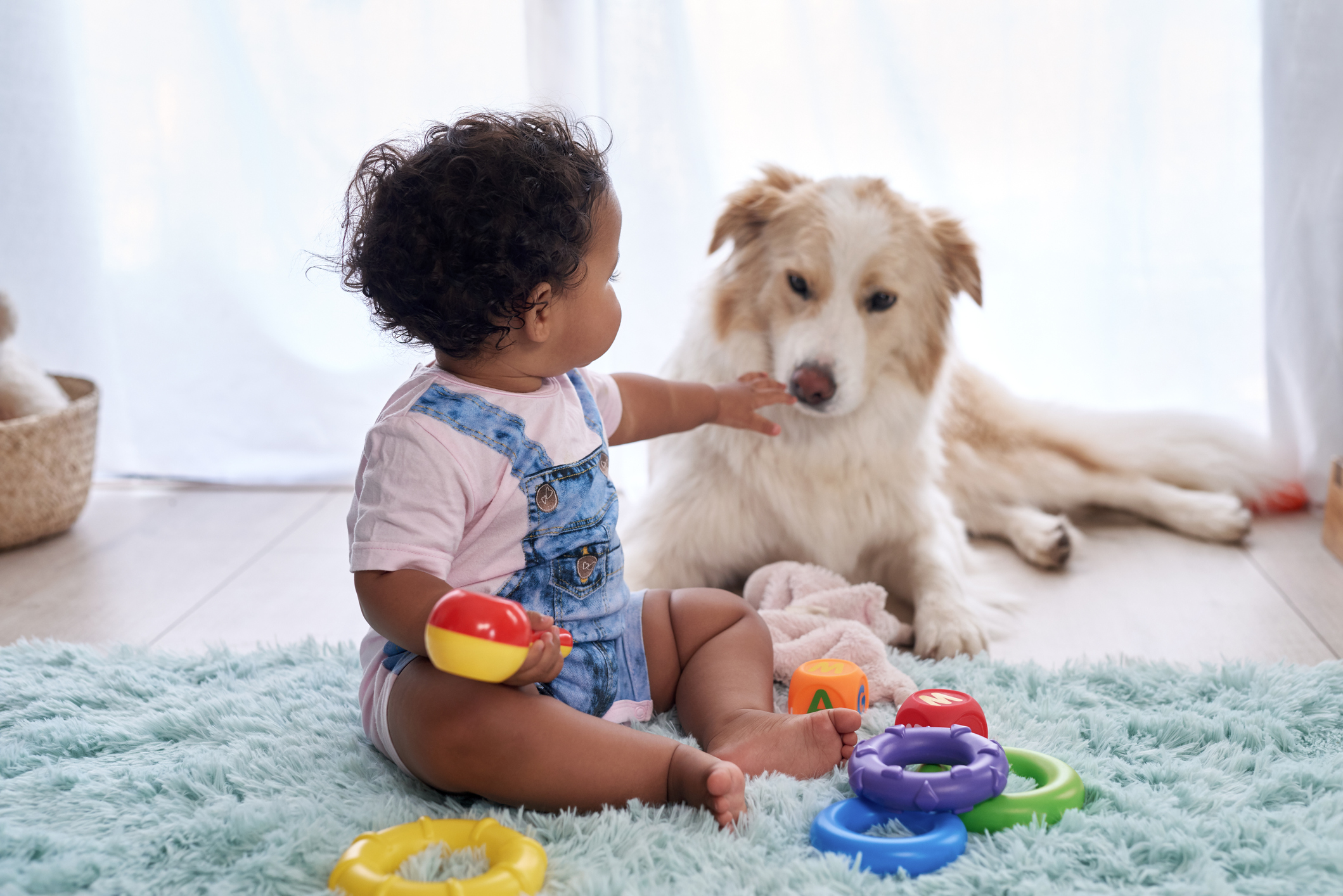
OK, listen: Positive reinforcement works for just about everyone. You hear it all the time as a parent, but it can definitely be hard to remember in the moment. Obviously if your 2-year-old is poking your 13-year-old dog in the eyes, again, right after you asked her not to not just three minutes before, you're probably not going to have the presence of mind to find a positive way to approach the situation.
If you catch your toddler mistreating your pet, say a firm "No!" and remove the kid from the situation. Don't spend too much time dwelling on the situation — your toddler is not going to understand a lecture, and you need to make sure everyone is safe.
But if you catch your toddler treating your pet well, this is the moment to go totally overboard in praise for your kid. Don't scare anyone, but make sure you really, really, really make sure your child knows that this is the way we treat our pets. Hopefully, your pet will even help by offering a lick or two for the tiny terror in his life.
6. Teach kids what to do if an animal misbehaves
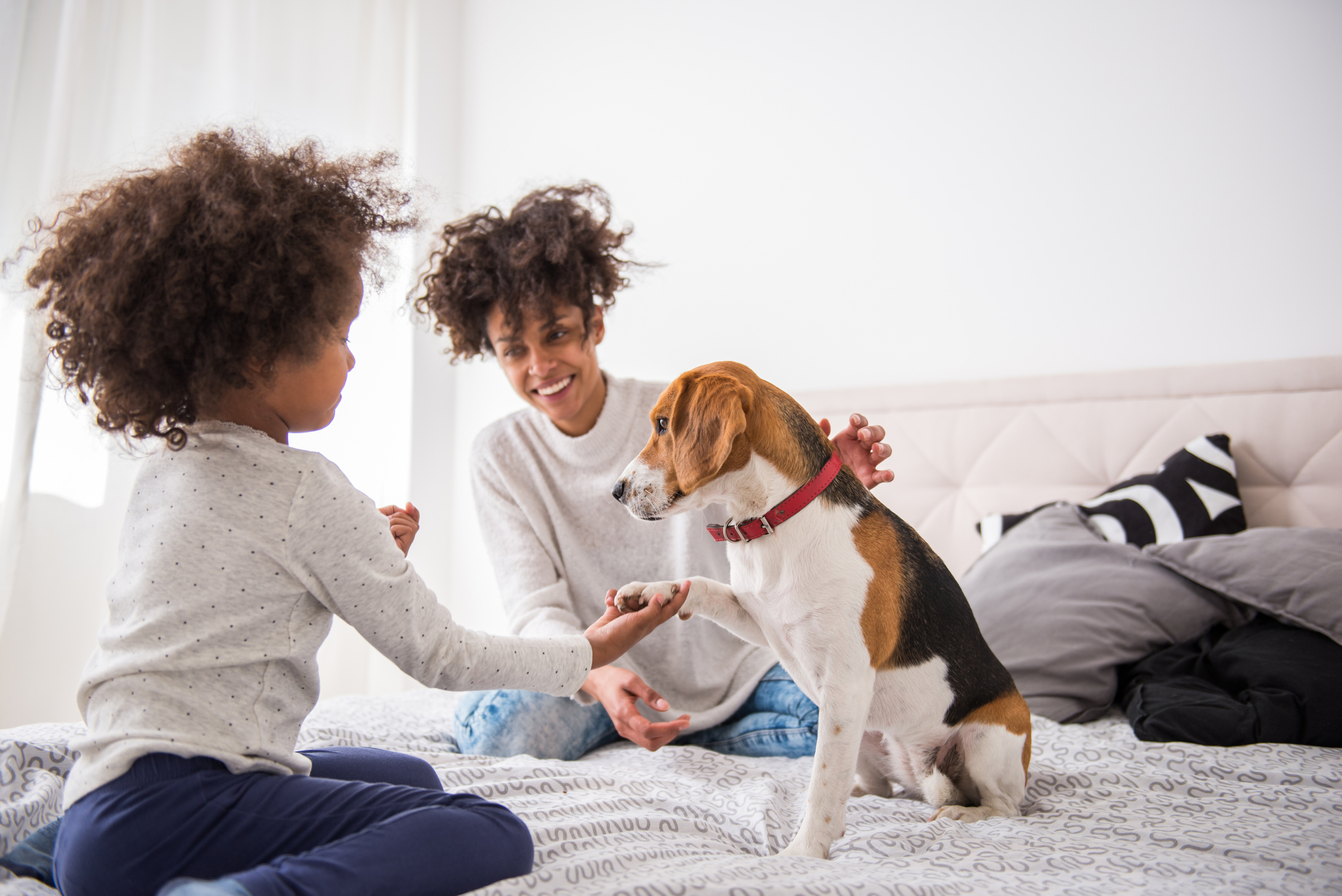
While we all hope that our pets will never react to mistreatment from our young children, it totally happens. It's important to teach even the youngest of kids what to do if a dog or cat fights back — maybe even especially important to teach those kids. Since a lot of lofty language won't help, and most of what you might say will go over a very young child's head, you should focus on being clear and straightforward.
Something I did when my son was younger was teach him to be totally still if the dog snapped at him. I did this by demonstrating with stuffed animals, acting like they had lunged at me. I would then go quiet and lie super still on the floor until the dog went away. Of course, this is predicated on the idea that your toddler wouldn't be alone with any dog or pet — you should always be supervising young kids when they're near animals.
As my kid got older, I added to the lesson and told him to lie still and call out if he felt like he couldn't get away.
7. Make sure there's a "safe space" for your pet

As important as it is to keep your child safe, you probably also want to make sure your pet has a "safe space" where he can be without your child around. As hard as you might try to make the relationship between your kid and your pet work, it's not always going to be harmonious every hour of the day.
We use baby gates for this to great effect with our dogs and our foster son, who is almost 2. We simply set up a gate in the hallway and let the dogs have one part of the house and the toddler have the other half when he is in a mood to not leave them alone.



